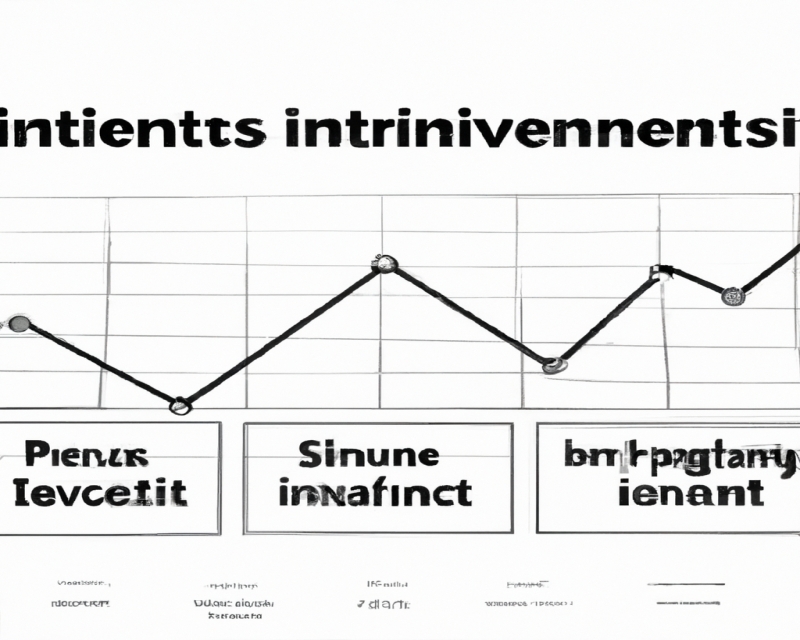Investment Opportunity Schedule: Planning Your Investment for Long-Term Profit
Are you looking for ways to increase your wealth and secure a comfortable future? Investing your money is one of the best ways to achieve these goals. However, investing without proper planning and strategy can lead to financial losses. This is where an Investment Opportunity Schedule comes in handy. In this article, we will discuss the importance of creating an Investment Opportunity Schedule and how to use it to plan your investment wisely. Read on to learn more!

The Importance of an Investment Opportunity Schedule
An Investment Opportunity Schedule is a plan that outlines your investment strategy and goals. It helps you stay on track and make informed decisions while investing your money. With an Investment Opportunity Schedule, you can identify potential investment opportunities, set realistic targets, and track your progress towards achieving your goals.

Creating an Investment Opportunity Schedule
To create an Investment Opportunity Schedule, you need to follow these steps:

1. Determine Your Investment Goals: What do you want to achieve from your investment? Short-term gains or long-term profit? Knowing your investment goals will help you choose the right investment options.
2. Analyze Your Financial Situation: Assess your current financial situation, including your income, expenses, debts, and assets.
3. Research Investment Options: Study different investment options such as stocks, bonds, mutual funds, real estate, and cryptocurrencies. Evaluate the risks and potential returns of each option.
4. Set Targets and Define Your Strategy: Based on your investment goals and financial situation, set realistic targets and define your investment strategy.
5. Monitor Your Progress: Keep track of your investments and evaluate their performance regularly. Make necessary changes to your Investment Opportunity Schedule if needed.
Investment Options
There are several investment options available, and each option has its own risks and potential returns. Here are some investment options you can consider:
1. Stocks: Stocks are shares of ownership in a company. They offer higher potential returns but also carry higher risks.
2. Bonds: Bonds are debt securities issued by companies and governments. They offer lower potential returns but also carry lower risks.
3. Mutual Funds: Mutual funds are professionally managed investment portfolios that pool money from multiple investors. They offer diversification and a balanced risk-reward ratio.
4. Real Estate: Real estate investing involves buying and owning properties. It offers both rental income and capital appreciation potential.
5. Cryptocurrencies: Cryptocurrencies are digital assets that use blockchain technology. They offer high potential returns but also carry high risks.
Conclusion
Investing your money can be a daunting task, but with proper planning and strategy, you can maximize your returns and achieve your financial goals. An Investment Opportunity Schedule helps you make informed decisions and stay on track towards achieving your investment goals. Remember to research your investment options and evaluate your progress regularly. With patience and discipline, you can secure a comfortable financial future.
